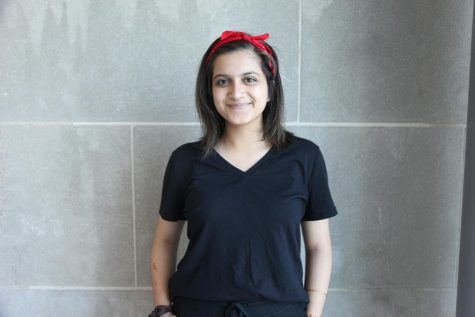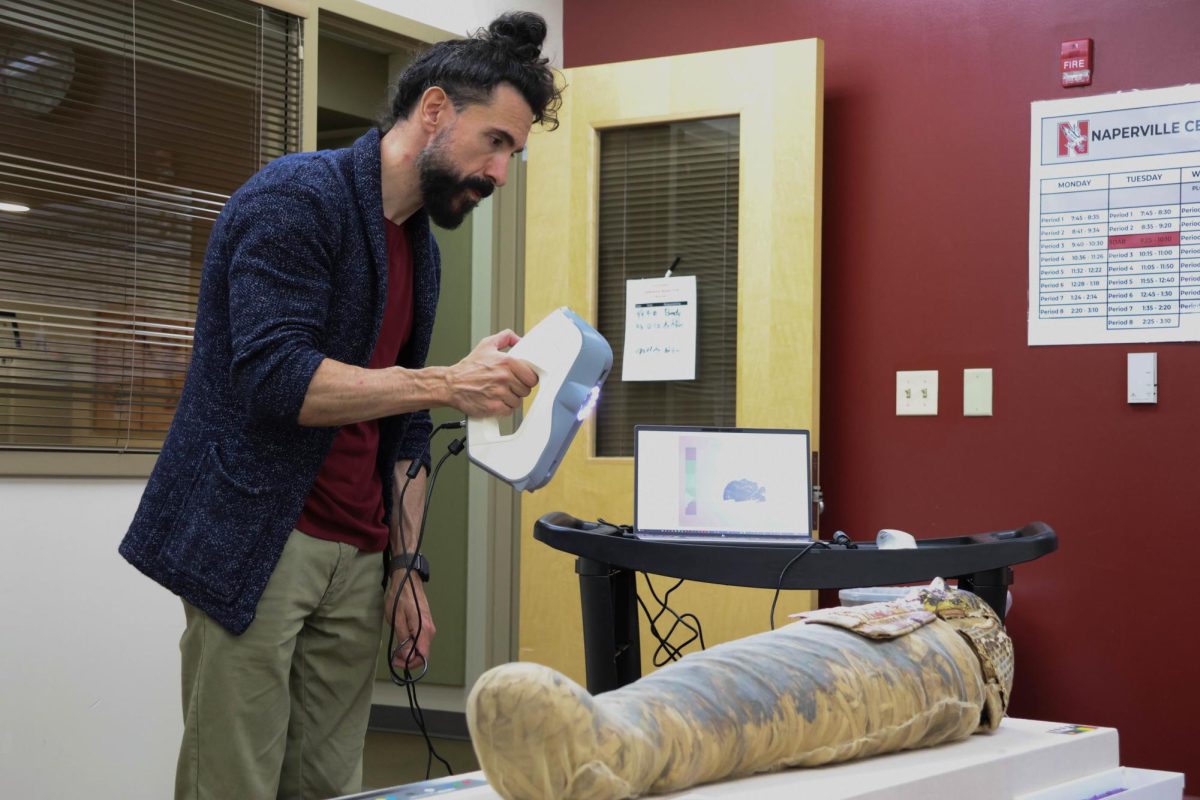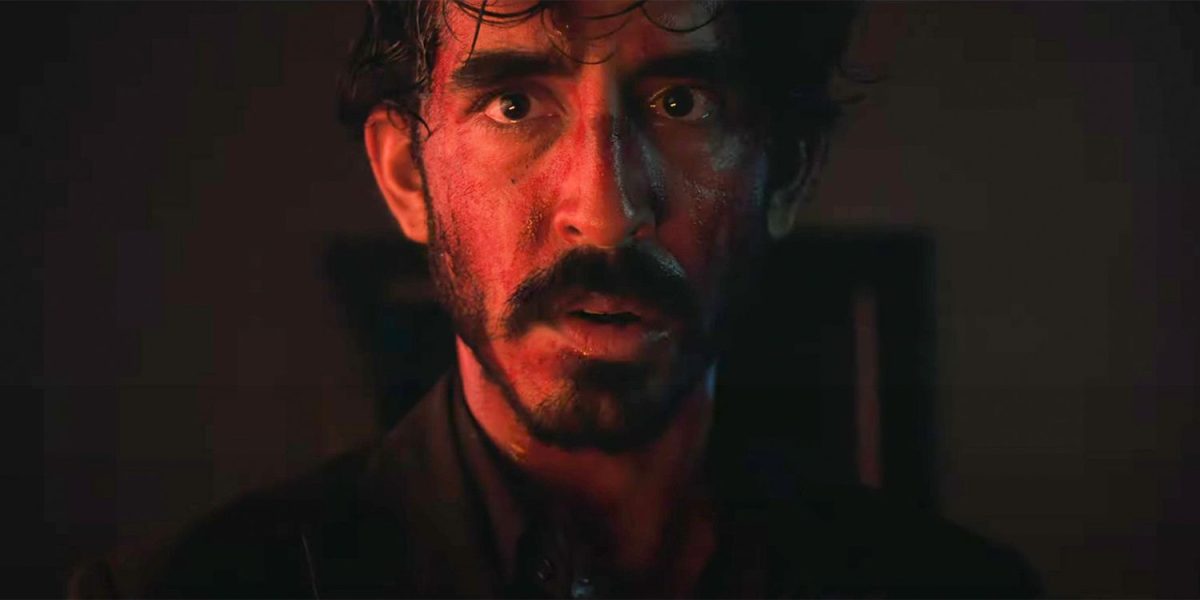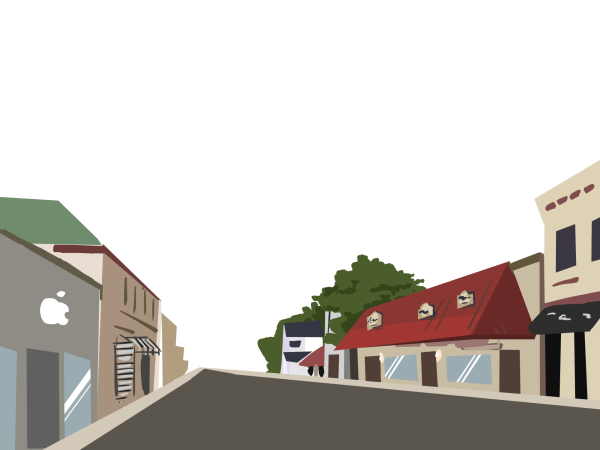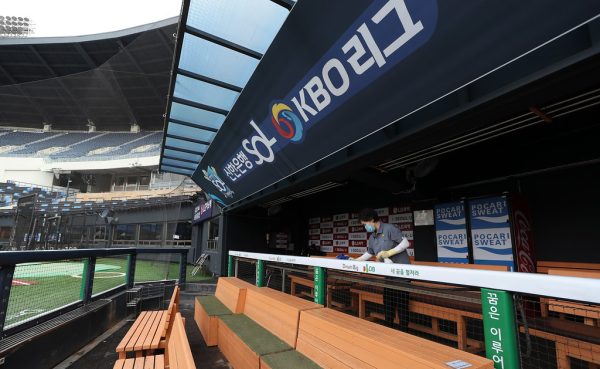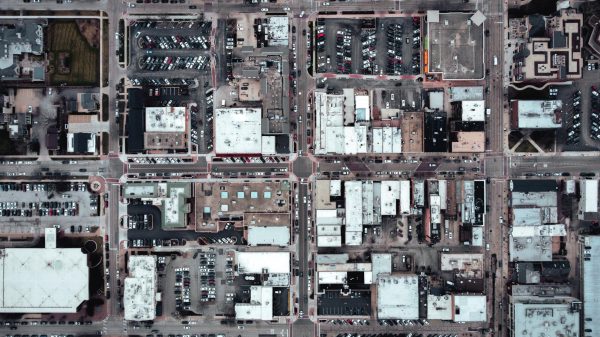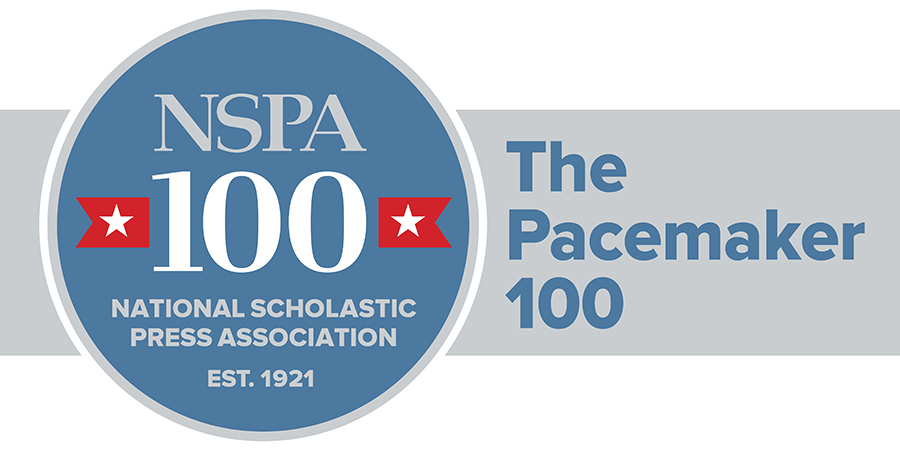On credibility and risk
September 28, 2018
Two years into high school, I stopped wearing my hijab. After two years of tying my scarf as part of my morning routine, I let my hair down. I know now that taking that risk was worth it.
No, I wasn’t forced to wear a hijab by my parents, nor was I forced to remove it by anyone. It was a decision influenced by no one but myself. The decision came after a long struggle with my identity and I knew it was the right thing for me. But doing so undoubtedly came with risks.
Inevitably, many had their own opinions about the change in my appearance and thought it was of the utmost importance that I knew what they thought of a decision purely my own.
I was still the same person yet I was subject to hushed whispers and confused reactions.
No one seemed to understand that I was an individual capable of and entitled to making my own decisions, especially regarding such a personal issue.
I didn’t make jump into the change completely blind. I knew I was bound to get criticism and comments of support. But I was nervous of how I would be perceived.
There is a social stigma amongst the Muslim community surrounding the respect a woman deserves if she makes the choice to stop wearing the head-covering, since it is traditionally believed to be religiously compulsory for women.
So naturally, despite my occasional waverings in religious belief, I was worried that I would not be seen as “Muslim” as the Muslim girl wearing a hijab.
Being Muslim is an important part of my life, my identity and existence. I’ve always wanted people to know that I’m Muslim and I have no objection to answering questions about adhering to Islam.
But I feared that removing my hijab would remove my credibility as a Muslim woman, not in my own eyes but in the perception of community members and peers.
With the risks in mind, I went ahead with the change, right at the end of my sophomore year at Naperville Central.
Initially people were shocked and it unsettled me. But instead of letting it affect me, I took it in stride – the criticism, the judgmental stares – just as I had when I made the choice to start wearing the hijab two weeks before starting high school.
I feel just as Muslim as I had before, back when I did look Muslim. I know just as much, if not more, about my religion. I research for myself the significance of certain practices I’ve been taught to do as a child.
I did not stop wearing my hijab because I wanted to distance myself from the Islamic religion. In fact, doing so brought me worlds closer to my religion and determining how it fit into my identity as a teenager in today’s age.
I feel more informed than ever about the Islamic aspects of my identity. My lack of a headscarf does not indicate that I would instantaneously lose all the knowledge and traditions I had, or that I wouldn’t want to know more.
On a larger scale, we are surrounded by credible institutions that we trust with informing us: news publications. One in particular recently took a risk in publishing an article anonymously in order to protect the wellbeing and job security of a senior Trump administrator.
Many felt that the decision was the wrong move, but a journalistic publication doesn’t lose credibility when they publish using an anonymous source, especially when keeping a source anonymous ensures the safety of the source.
Despite the controversy surrounding the release of the anonymous source, the New York Times remains a dependable publication.
A risky decision doesn’t necessarily damage someone’s credibility, whether that be the reliability of a human, such as my hijab situation, or a publication, such as the New York Times, which recently chose to anonymously publish an opinions piece from a member of Trump’s administration.



